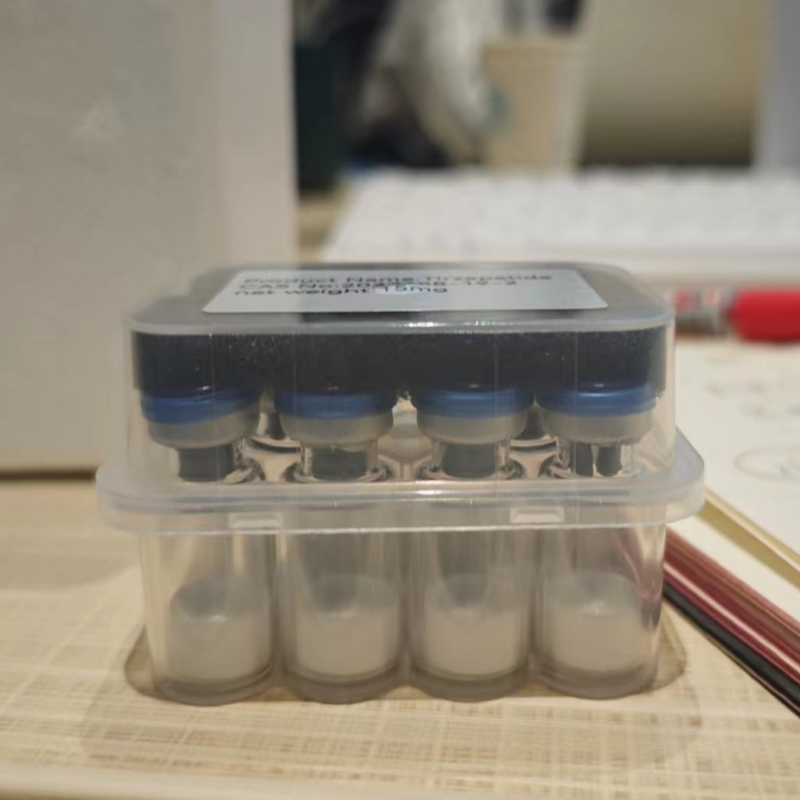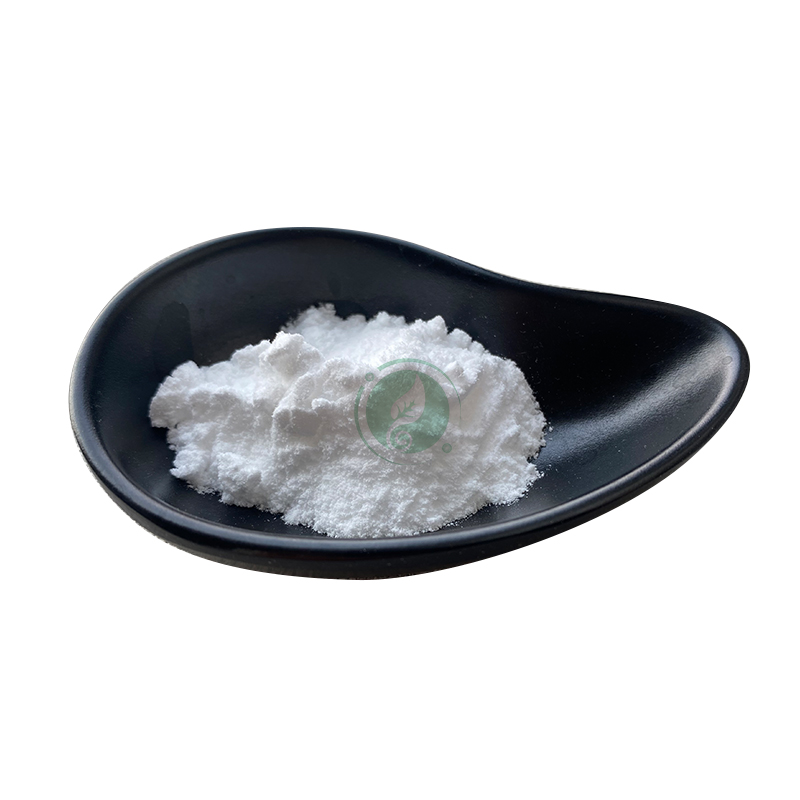-
Categories
-
Pharmaceutical Intermediates
-
Active Pharmaceutical Ingredients
-
Food Additives
- Industrial Coatings
- Agrochemicals
- Dyes and Pigments
- Surfactant
- Flavors and Fragrances
- Chemical Reagents
- Catalyst and Auxiliary
- Natural Products
- Inorganic Chemistry
-
Organic Chemistry
-
Biochemical Engineering
- Analytical Chemistry
-
Cosmetic Ingredient
- Water Treatment Chemical
-
Pharmaceutical Intermediates
Promotion
ECHEMI Mall
Wholesale
Weekly Price
Exhibition
News
-
Trade Service
Duke University biomedical engineers have demonstrated that a class of interwoven composite materials called semi-interpenetrating polymer networks (SIPNs) can be produced from living cells
The traditional method of making sipn usually involves producing components called monomers and mixing them together under appropriate chemical conditions to control their assembly into a large network in one process, said You Lingchong, professor of biomedical engineering at Duke University: "When it works, it is a wonderful platform that can integrate different functions into self-assembled layers for biomedical or environmental applications
In this new paper, a former postdoctoral fellow in your laboratory, who is now an associate professor at the Shenzhen Institute of Synthetic Biology, uses a platform called "swarmbots" that the laboratory has developed over the years to achieve this goal
Swarmbots are living cells that are programmed to produce biomolecules in the cell wall.
Each monomer can contain multiple SpyTags or SpyCatchers, and can also be fused to proteins that produce reads or have specific functions
The researchers first programmed the cells to fill this auxiliary function with a fluorescent protein to prove that the system can lock them in place
"You can replace the fluorescent label with any function you want," you said, we decided to contact antibiotics because it is another focus of our laboratory
To prove a useful method of constructing sIPNs from their new cells, the researchers filled the auxiliary site with β-lactamase, an enzyme that can degrade β-lactam antibiotics
"No one used living cells as factories to produce monomers of sIPNs in real time before," you said
Journal Reference :
Zhuojun Dai, Xiaoyu Yang, Feilun Wu, Lihua Wang, Kun Xiang, Pengcheng Li, Qingqing Lv, Jinhui Tang, Anders Dohlman, Lei Dai, Xiling Shen, Lingchong You.







